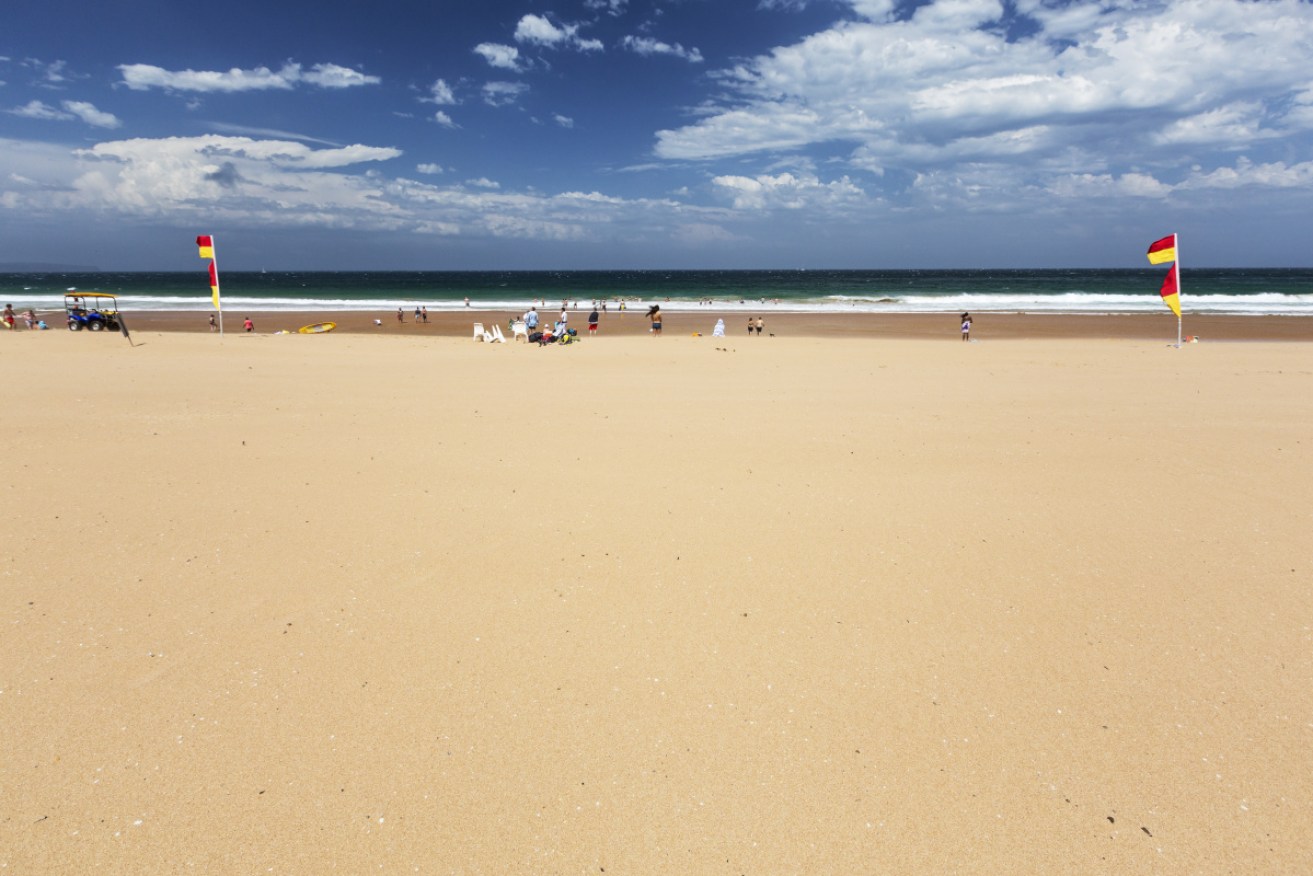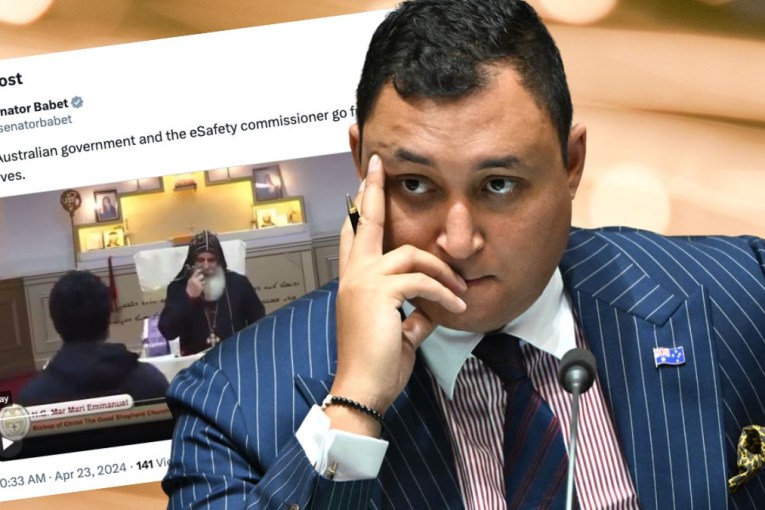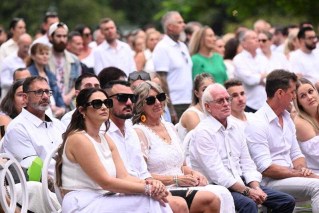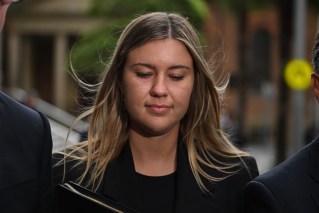Summer drowning warning after spate of deaths


December and January see a spike in drownings as people head to the beach. Photo: Getty
Australians and tourists are being urged to take care in the water after a spate of drownings, as hot weather continues this week.
Temperatures are expected to reach the high 30s in Sydney and surrounds at the end of the week, and could top 40 degrees in parts of Victoria.
Seven people drowned in the six days from Christmas Eve, with dozens dying in December.
That toll will rise with the discovery of a man’s body after he went missing in flood waters in Cairns last week.
Authorities have amped up their warnings as the summer holiday period continues.
December and January traditionally experience a spike of drownings each year as more people head to the beach and inland waters.
Last summer, most drowning victims were Australian-born men aged 35 to 44 swimming inland at rivers or creeks.
Just 17 of the 249 drownings were overseas tourists, representing 6.8 per cent.
The tourists were mostly from North America (35 per cent) and Europe (24 per cent), the Royal Life Saving (RLS) 2017-18 annual report said.
Overall, 72 per cent were male, while 24.5 per cent of drownings were inland at a river or creek.
Sports Minister Bridget McKenzie warned people to “respect the river” and look out for “hidden dangers”.
Another 18.5 per cent of fatalities were at a beach, and 16 per cent were in the ocean or harbour.
More than a quarter were swimming or playing, while 15 per cent were boating and 14 per cent had fallen into the water.
The largest number of drowning deaths last year occurred in the 35 to 44 years age bracket.

Drownings in 2017-18 in Australia by age bracket. Photo: RLS
A 10-year study by RLS found 41 per cent of river drownings between 2002 and 2012 involved alcohol.
Of the 314 deaths involving alcohol, the victims recorded a blood alcohol reading of more than 0.05 per cent in 196 cases, at a level deemed to be contributory to the drowning.
Migrant drownings
Between July 2005 and 2015, 27 per cent of people who drowned in Australia were born overseas, about in line with the resident population at the time of the 2015 Census.
You wouldn’t tune your mate’s girlfriend. You wouldn’t steal your mate’s beer.
There are lines you don’t cross, including drinking while in or around water.
257 people fatally drowned with alcohol and drugs in their system in the last 14 yrs. Don’t become one of them this summer. pic.twitter.com/X7mJlSNhoR— Surf Life Saving Australia (@SLSAustralia) December 30, 2018
Almost two-thirds were poor or non-swimmers, according to the 10-year RLS report.
Many were Australian residents, with 29 per cent living here for 10 or more years.
Overall, 86 per cent of people born overseas were living in Australia when they drowned.
Per capita, people born in Taiwan were the most frequent overseas drowning victims in the 10-year period. They were followed by people from South Korea, Ireland, Poland and China.
On the raw numbers, people born in China were the most likely to drown, followed by New Zealand, England and South Korea.
Children
For children under the age of five, backyard swimming pools are the biggest drowning risk.
Eighteen children under five drowned in the 2017-18 year. That’s a 38 per cent reduction on the year before and 36 per cent down on the 10-year average.
Swim coach Laurie Lawrence – known for his famed Kids Alive campaign – told The New Daily the most important lessons were teaching children to swim and supervising them in the pool.
In 2008, the Australian Water Safety Council aimed to halve the number of all drownings by 2020.
The RLS summer drownings toll says there have been 41 drownings in December as at Sunday. That compares to 26 deaths at the same time the year prior.
However, the RLS annual report said there were 40 deaths in the month of December 2017.
RLS was unable to clarify the discrepancy by deadline on Monday.








